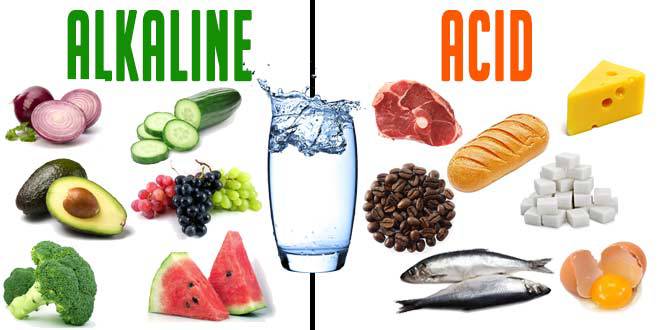Classification of Food on basis of Acidity

The acidity of food is generally expressed in terms of pH value and it has great influence on distribution of microorganism. Lower the pH, greater the ease of processing or sterilization. On the basis of acidity, food can be classified as follows, Read more


